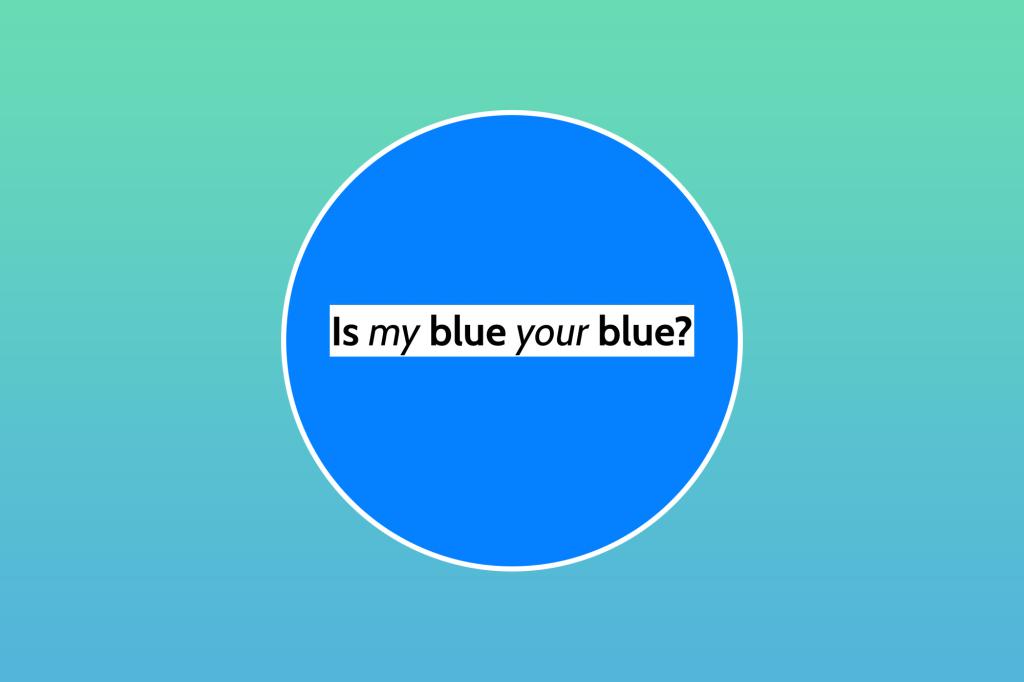A debate over the color blue has sparked a new online test called “Is my blue your blue?” created by neuroscientist and AI researcher Dr. Patrick Mineault. The experiment started with a disagreement over a blanket between Mineault and his wife, Dr. Marissé Masis-Solano. They could not agree if the blanket was green or blue, leading to the creation of the color-perception test. The Is my blue website presents users with colors that gradually transition between green and blue and asks them to identify whether the color is green or blue. The test is based on the HSL color space, focusing on blue-green hues between 150 and 210.
Dr. Mineault explained that the test found people’s responses tend to cluster around a hue of 175, which is close to the HTML color turquoise. This suggests that most people’s perception of the boundary between blue and green is shifted towards assuming that cyan is blue. Users can see a distribution of their threshold compared to others who have taken the test, allowing them to compare their color perception to the general population. The website, launched in August, has already attracted over 1.5 million visits in a month. Mineault believes that people are interested in understanding how others see the world, making the test popular.
Color perception is generally difficult to measure, according to Dr. Mineault. Vision scientists use specialized equipment while graphic designers use physical color cards for unambiguous communication of colors. If a user gets outlier results on the Is my blue test, it does not necessarily indicate an issue with their vision. Various external factors, such as the device model, display settings, lighting conditions, and personal color perception, can influence the results. Despite these differences, the test provides insight into the unique and varied ways people perceive color.
The test offers users an opportunity to explore their color perception and compare it to others. The popularity of the test suggests that people are curious about how individuals perceive colors differently. Understanding the variations in color perception can lead to insights into human cognition and might challenge traditional ideas of color definitions. While the debate over the color of the blanket remains unresolved between Mineault and his wife, the Is my blue test has provided a platform for individuals to explore and discuss their color perceptions in a fun and interactive way.
Dr. Mineault emphasized that getting different results from others does not indicate a vision problem but rather reflects an individual’s unique way of naming colors or external influences. The test accounts for these variations in perception, enabling users to gain a deeper understanding of how they see colors compared to the general population. The Is my blue test has sparked interest in the intersection of neuroscience, technology, and individual perception, highlighting the complexities and nuances of color vision and human cognition. The interactive nature of the test has engaged millions of users, demonstrating the universal curiosity about how people perceive and experience colors in their daily lives.


